Dodoma’s Women in Agriculture and Business Initiative (DWABI)
According to the latest studies of the Food and Agriculture Organization of the United Nations, in developing countries, more than 50 % of people work in agriculture, and about 43 % of the agricultural labor force comprises women. In Tanzania, agriculture is, with over 65 % of the people involved, the largest sector that offers jobs to the population. And data from surveys show that if women had the same conditions as men, they could increase their productivity by up to 30 %. Such an increase in productivity would improve food security and the country's economy.
Dodoma: City versus countryside
Especially in the Dodoma Region, women not only play a significant role in the agricultural sector. As the Tanzanian Government has been shifting ministries and other governmental institutions to the capital city Dodoma, the urban area experienced a boom. At the same time, the rural population in the surrounding countryside is still one of the poorest in Tanzania. As it is of national interest to accelerate the development of the Dodoma Region, that’s where the Dodoma’s Women in Agriculture and Business Initiative (DWABI) comes into play.
DWABI is carried out in the districts Chamwino, Mpwapwa, and Dodoma Municipal Council, a region east of Dodoma with an area of 41,311 km² and 2,083,588 Mio. inhabitants (2012 census). Despite the crucial role of women, their access to productive resources is still severely restricted. Roughly three-quarters of the landowners are men. And if women have their own fields, they are usually smaller and less fertile. Furthermore, since access to technology, training, and finance is difficult for women, most are concerned with subsistence management, whereas men produce for the market.
The situation is aggravated by the fact that Chamwino, Mpwapwa, and Dodoma Municipal Council, where agriculture includes livestock farming, and the cultivation of maize, rice, peanuts, sunflowers, sesame, and millet, have to deal with less than 500 mm of rainfall per year. Agroecological cultivation methods based on soil and water management have the potential to increase production sustainably as well as to improve climate resilience.
Empowering Dodoma’s women
The project objective is to improve the livelihoods of a total of 2250 women through participation in agricultural and entrepreneurial activities while contributing positively to the Sustainable Development Goals (SDGs). Currently, SAT is implementing the project's second phase (2022-2024). The goal is to cement the small-scale farmers already partially organized in a model cooperative, where most empowered women practice organic agriculture to increase climate resilience and engage in value addition and entrepreneurial activities.
Since 2019 DWABI consequently aims to empower women in Dodoma through training in organic agriculture, small business and saving and lending methods, which will increase food security and gender equality. This empowerment strategy has a positive impact on the livelihood of the women and the entire community, as you may see in the Impact Stories of the first project phase.
Three components of the first phase
During the first component, the project strengthened agricultural production. With the help of SAT facilitators, the women established demonstration fields and were trained in agroecological farming. Special training was also provided in water-saving methods of vegetable cultivation (sack and mandala gardens), which is particularly suitable for improving nutrition. During the training, SAT selected 60 women as future peer-to-peer facilitators. They now pass on their knowledge to other women's groups.
In the second component, the women were trained in entrepreneurship. Courses were offered on how to make products such as soap, woven accessories, batik fabrics, or baobab sweets. In addition, DWABI women learned how to use information technology (smartphones) to build a notification network for market information and received instruction in the savings and credit method.
In the third component, SAT cooperated with organizations and institutions to work toward the country's development goals. For this purpose, SAT set up an office with an attached demonstration garden in Tanzania's capital, Dodoma. To effectively share and disseminate the knowledge and lessons learned through the project, SAT trained 20 Extension Officers (Government agricultural extension agents) and peer-to-peer facilitators.
Overall Objective
Women’s livelihoods improve through engaging in agriculture and business activities which positively contributes to the Sustainable Development Goals.
Project Objectives
- Improve nutrition intake and food security among women through agroecological farming and kitchen gardens.
- Increase women’s income through income-generating activities as a result of entrepreneurship training.
- Increase women’s access to financial services through saving and lending groups.
- Improve access to market information through Information and Communication Technology (ICT).
- Enable various stakeholders to collaborate with SAT and benefit from SAT’s innovation platform.
- Establish a model cooperative led by women that coordinates production, stores, processes goods, and markets organic agriculture products.
Main Activities
- Mobilization and needs assessment of 30 women groups in 30 villages through Participatory Rural Appraisal Selection of pilot institutions and formation of the task team.
- Delivery of modules on kitchen gardening and rain-fed agriculture for 30 women’s groups focusing on agroecological practices such as soil and water management.
- Construction of 30 demonstration chicken pens in 30 villages and delivery of poultry training for 30 groups.
- Introducing 90 groups to the SAT Saving and Lending Group (SSLG) Model (access to micro-financial services).
- Delivery of the entrepreneurship training module to 30 groups.
- Equipping the women with mobile phones and facilitating the use of ICT for market information delivery and sharing market information from 5 relevant markets weekly
- Forming, training, and equipping Farmer to Farmer Training Committees (peer-to-peer facilitation).
- Supervising the peer-to-peer facilitators in establishing 60 demonstration fields in 30 villages and carrying out kitchen gardening and rainfed agriculture modules.
- Supervising the peer-to-peer facilitators in delivering the entrepreneurship module to 60 groups
Overview of project impact
- 3722 male and female farmers in 90 groups were trained in organic rainfed agriculture, kitchen gardens, entrepreneurship, agroforestry component, soil water conservation terraces, and saving and lending (2354 women and 209 men)
- 939 women in 30 groups were trained in poultry farming
- 679 individual and collective microenterprises were developed and created new jobs
- 95 women benefited from ICT tools
- 90 F2F facilitators were trained
- 20 Government extension officers were trained
- 1.792 farmers increased their productivity by 10 %
- 1.303 farmers supplemented their income by 15%
- 1.495 farmers increased their nutrient uptake by 30%
- 2.500 farmers benefited from microcredit offered by savings groups
- 1.200 farmers conducted participatory market research to improve access to market information and connect with buyers.
- Follow-up training on saving and lending and entrepreneurship was done to 90 existing groups. All 90 groups are continuing well with saving and lending. In this reporting period managed to save 225.305 EUR, and gave 3290 loans valued at 178.230 EUR that benefited 2700 farmers.
- Saving and lending were introduced to the 8 new groups and managed to mobilize 10.122 EUR savings, provided 315 loans amounted to 8.698 EUR to 290 beneficiaries which are invested in different income generating activities like soap buying and selling, food vending, clothes buying and selling.
- 7 groups with 232 farmers (14 men, 225 women among them 63 are youth) received trainings on EAOPS, the groups were externally inspected and there is a great hope that they will qualify and receive their certificates. 707.43 acres of land are under organic production.
DWABI is kindly supported by the Austrian Development Agency (ADA), the operational unit of the Austrian Development Cooperation, and ICEP.


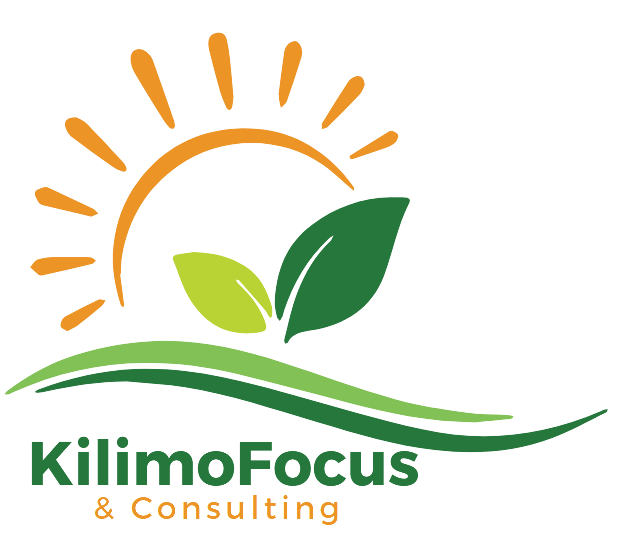
Business Name: KilimoFocus and Consulting
Founder / Owner Name: Rebeca Andrew
Location: Dar es Salaam
Products/Services: The enterprise sources, packs, brands, and supplies food products to supermarkets and retail stores and provides consultancy services for agricultural projects
Instagram: @kilimofocustz

Business Name: Healthy Dried Food Tanzania
Founder / Owner Name: Oliver Kavishe
Location: Bagamoyo, Pwani
Products/Services: Snacks and food items such as dried fruits and vegetable powders
Instagram: @dried_foodtz

Business Name: Mamahealth Enterprises
Founder / Owner Name: Aslatu Nguku
Location: Dodoma
Products/Services: Preserving fruits and vegetables into healthy snacks and flours
Instagram: @mamahealthtz

Business Name: LPHQ Enterprise
Founder / Owner Name: Angelina Sylvester Hillu
Location: Iringa
Products/Services: Tomato wine
Instagram: @elitewinetanzania
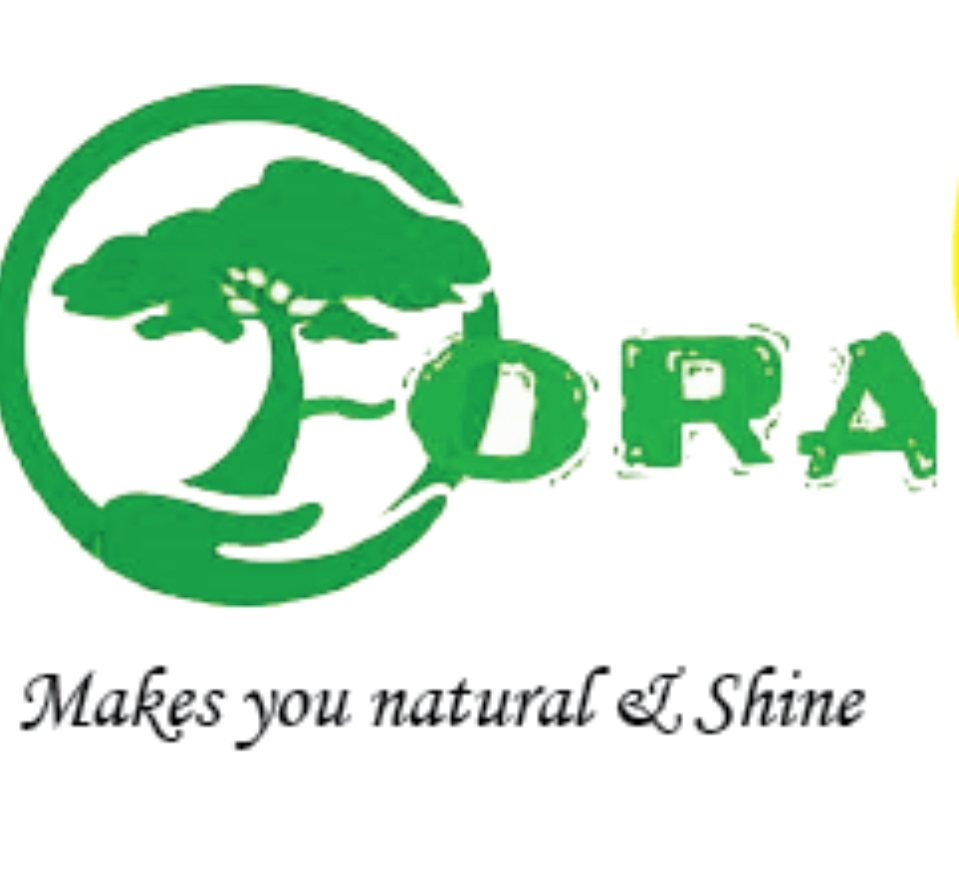
Business Name: Golden Key Organic Processor
Founder / Owner Name: Farida Salehe Nassoro
Location: Dar es Salaam
Products/Services: Health and beauty products made from pure natural plants
Instagram Account: @fora_products

Business Name: Mamabora Food Products
Founder / Owner Name: Rose Mjuni
Location: Arusha
Products/Services: Nut butter with chocolate
Instagram Account: @mamaboranuts
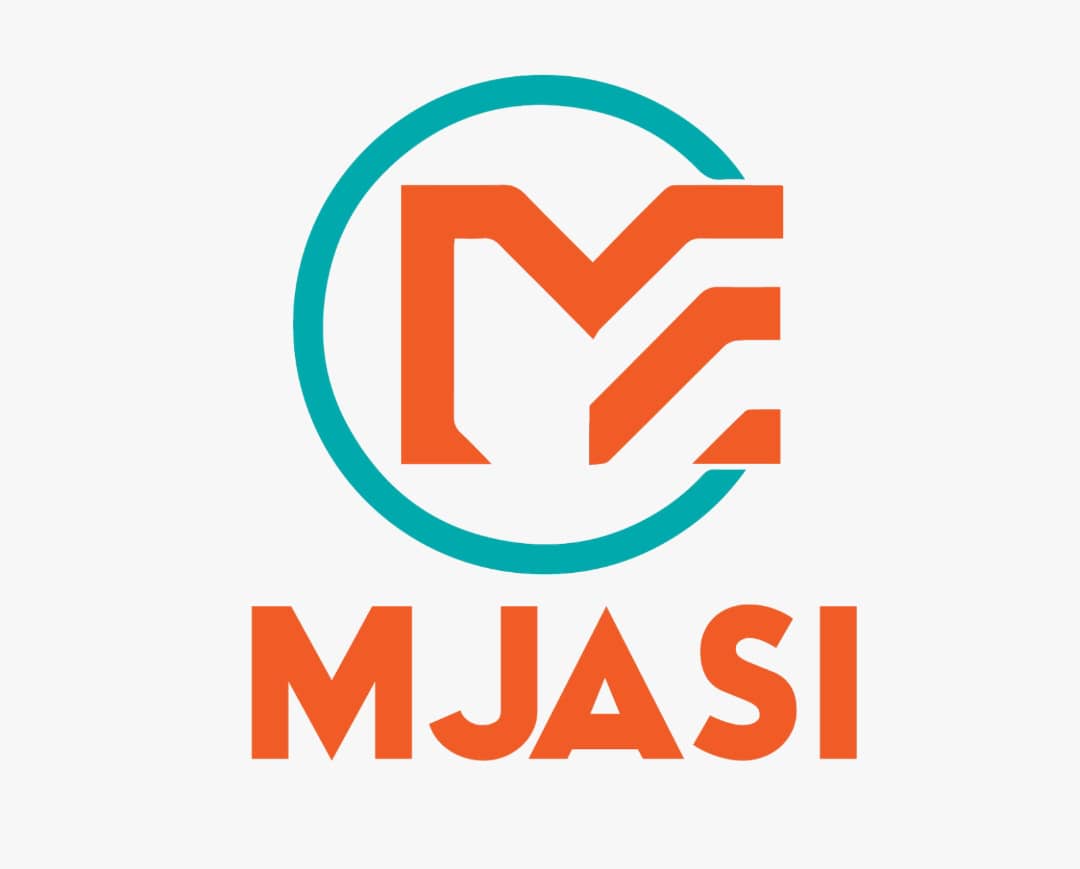
Business Name: Mjasi Enterprises
Founder / Owner Name: Eva John
Location: Dar es Salaam
Products/Services: Ground, beetroot, carrot, coconut, potatoes
Instagram Account: @mjasienterprises_tz
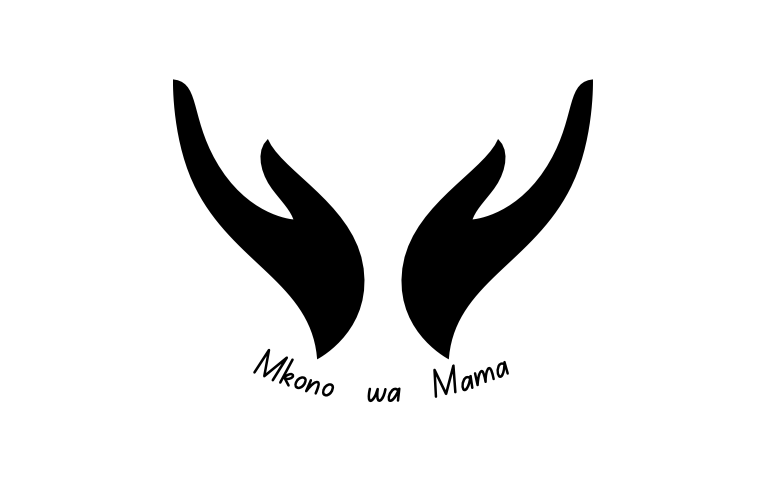
Business Name: Mkono wa Mama
Founder / Owner Name: Ketteneema Lukindo
Location: Dar es Salaam
Products/Services: Fruits Candy and Pastes
Instagram Account: @mkonowamama
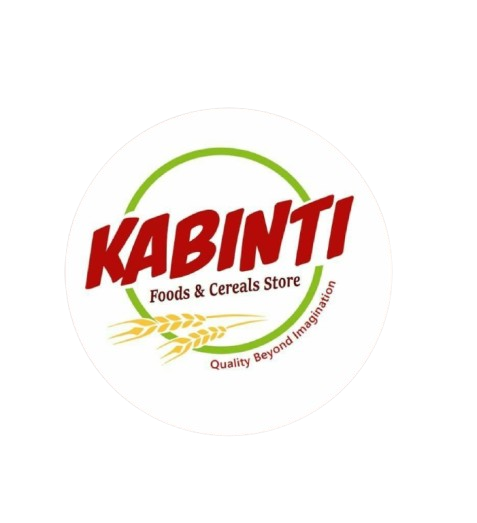
Business Name: Kabinti Products
Founder / Owner Name: Sarah Benard
Location: Ilboru, Arusha
Products/Services: Porridge Flour and Pumpkin Seeds Flour
Instagram Account: @kabinti_products
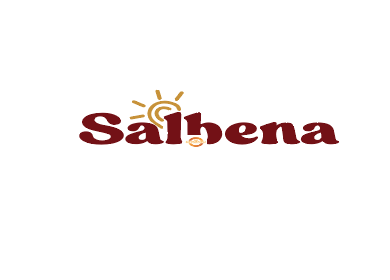
Business Name: Salbena Investment Company Limited
Founder / Owner Name: Simon Majeni
Location: Dar es Salaam
Products/Services: Organic honey
Instagram Account: @Salbenahoney

Business Name: Cocozania Group
Founder / Owner Name: Masome Daniel Kulwa
Location: Dar es Salaam
Products/Services: Virgin coconut oil, blended coconut oil, coconut biscuits, coconut powder
Instagram Account: @Cocozania_Official

Business Name: Nita Food Products
Founder / Owner Name: Lilian Mmbando
Location: Arusha
Products/Services: Nutritious seeds
Instagram Account: @nitafoodproducts

Business Name: Rejuvenation Food Africa limited
Founder / Owner Name: Anne Outwater
Location: Dar es Salaam
Products/Services: Ice cream from wild fruits and honey
Instagram Account: @zaidiicecream








